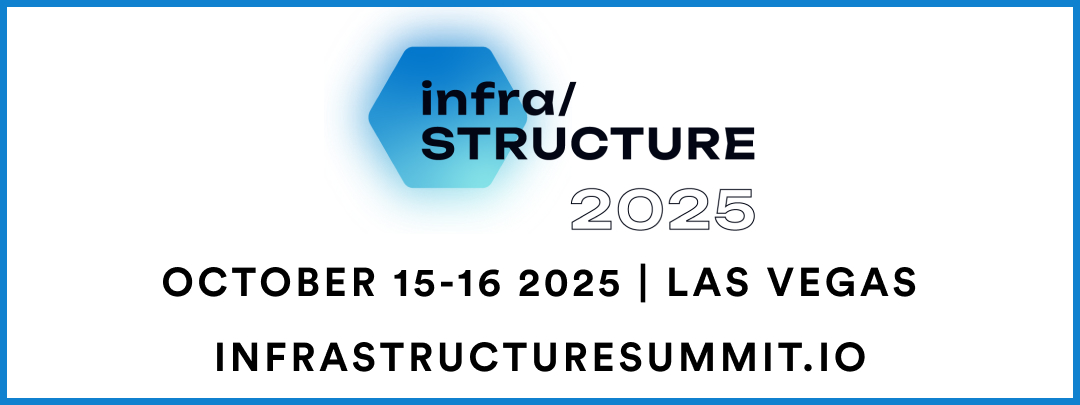WSS: CoreWeave goes public as AI infrastructure builds move forward, while investment and CapEx outlays continue to climb
The sector continues to see steady levels of activity across segments and geographies. Just over a week ago, CoreWeave went public and raised $1.5b through the sale of 37.5m shares at an initial offering price of $40. NVIDIA invested $250m to support the IPO. The listing comes at an unsettled time for the sector and the stock has been off to a slow start, but picked up the pace in the first week. There continue to be concerns about the state and upside of AI demand and how that may impact the outlook for infrastructure over the long-term. Microsoft is said to have possibly pulled out of a few more leases and this caused both worry and a bit of hyperventilation. But it looks more and more like this is tied to one customer – OpenAI – switching cloud vendors (going from Microsoft Azure to Oracle Cloud, while still running plenty on Azure). It does not mean that the demand was taken out of the sector’s value chain.
Speaking of that big customer, things appear to be moving well with its latest infrastructure build. Crusoe confirmed very recently that it will start the second phase construction of its campus in Abilene, Texas, which will house Oracle Cloud hosting a large-scale dedicated installation of OpenAI. The second phase expansion would build on the original 200MW first phase on a campus that has runway up to 1.2GW. The project in Abilene continues to be a good example of what AI infrastructure demand will end up looking like and how fast it will scale. And OpenAI has just raised $40b to help it continue expanding its infrastructure footprint, an initiative billed as Project Stargate and undertaken in concert with various technology and investment firm, including SoftBank. Needless to say, a good portion of this is being allotted for infrastructure-oriented CapEx and OpEx.
But the reality on the ground is that AI installations like OpenAI’s are still in its formative stage of development. Those slanting to a more bearish view need to keep in mind that the engine of the sector is not AI (see Equinix’s Jon Lin’s comments on CNBC that hey, AI is just a portion of the workloads out there; and he also comments on the state of demand overall), and the portion of demand it currently represents, but hyperscale cloud. And it has been that way for the better part of over a decade. The recent quarter’s results showed hyperscale still growing near a 30% y/y clip. This could end up accelerating sooner than later as the Chinese clouds, after a long period of sluggishness, seem to be finally turning the quarter. Revenue growth has started to pick up and CapEx investments are being made in data centres and AI infrastructure. The impact can be seen in Tencent’s CapEx disclosures, which we have some discussion on, and hyperscale data centre operator GDS’s results. The Chinese clouds seem set to get into the AI race and outlay significant levels of CapEx. Alibaba has confirmed plans for $50b of CapEx in three years, while Tencent Cloud is ramping its spend up. But interestingly, there seems to be some apprehension in China as they follow what has been happening in the US and Europe and worry about how things might play out. The Alibaba chairman recently made some public comments about being careful of an AI bubble emerging that would result in an overbuild situation. Further signs that hyperscale demand is carrying its momentum can be seen in the financing moves of hyperscale data centre operators and we recently saw both Switch and STACK Infrastructure secure multi-billion dollar credit facilities.
On the strategic side, hyperscalers have returned to being active in M&A and the primary goal is to acquire technology that will enhance public cloud infrastructure capabilities. Google Cloud has focused on building its security portfolio and made a massive bet, acquiring a young and rapidly growing security provider called Wiz. Google will pay over $30b for the asset and it is set to be integrated into the Google Cloud platform. And with the shift to GPU cloud infrastructure, operators like Crusoe are divesting cryptocurrency assets to sharpen their focus on the long-term AI infrastructure opportunity. Crusoe recently divested its bitcoin mining operation to NYDIG and closed on a credit facility to enable more hardware procurement for its cloud infrastructure services.
Finally, the past week saw us publish our monthly insights, picking up on a few important themes of interest. We wrap up what we saw from earnings season, while digging in more to what is happening around NVIDIA’s growing ecosystem of infrastructure delivery platforms. The past week also saw us look at the master-planned model’s emergence in international markets, and as the sector continues to evolve and transform, legacy services have been on the decline, with next-generation offerings being the key to offsetting the deceleration and carrying operating companies forward in an environment that still has a solid installed base and plenty of demand for both.
or



